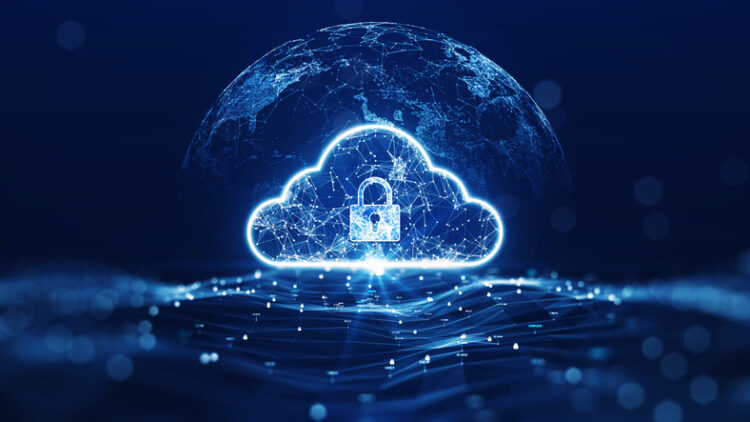SaaS security best practices to protect your retail systems in 2023

As the retail industry continues to embrace digital transformation and the adoption of cloud-based SaaS platforms accelerates, retailers have seen the emergence of new cloud security challenges. From protecting sensitive customer data to meeting regulatory requirements, let’s take a look at some of the SaaS security best practices retailers can take to strengthen the security of their retail systems.
Encryption. In SaaS security, data encryption is the first line of defense. Retailers should ensure that all sensitive data is encrypted, both at rest and in transit. This includes personal information, credit card information, and other transactional data. Encryption converts this data into an unreadable format, ensuring that even if a breach occurs, unauthorized users cannot decipher the data.
Access control. A strict access control policy is an initiative that can never be missed if we talk about SaaS security best practices and can help to significantly reduce the risk of data breaches. This entails defining user roles and permissions to limit who has access to specific information and systems. Retailers should also use multi-factor authentication (MFA) for all users to add an additional layer of security.
Compliance management. It is critical to comply with data protection regulations such as GDPR, CCPA, and PCI DSS. Retailers should conduct regular audits to ensure that all systems and processes are in compliance with these regulations. Compliance management tools can help to automate this process and reduce the risk of non-compliance.
Secure IoT devices. With 16.7 billion IoT active endpoints expected in 2023, such as smart shelves and RFID tags, which could be used by cybercriminals as entry points, this is a field where retailers must pay special attention. To mitigate potential security risks, retailers must put in place SaaS security measures to ensure that these devices are secured with strong authentication protocols and that firmware updates are applied on a regular basis.
Intrusion detection and response. The adoption of Web Application Firewalls (WAF), intrusion detection systems (IDS), and security incident and event management (SIEM) solutions is rapidly growing and being considered a critical initiative when we talk today about SaaS security best practices. These tools can detect unusual activity in real-time, allowing retailers to respond quickly and mitigate the damage caused by potential security incidents.
Data backup and disaster recovery. A solid data backup and disaster recovery plan is an essential component of cloud security. Regular backups ensure that data can be restored in the event of an incident, whereas a disaster recovery plan lays out a strategy for restoring systems after a major security incident.
Security training. Many security breaches are caused by human error. All employees must receive regular security training to educate them on potential threats, safe online practices, and the importance of adhering to the company’s security policies.
Vendor security assessment. Many retailers rely on third-party vendors for a variety of services. It is critical to perform regular security assessments on these vendors to ensure that they adhere to stringent security practices and standards.
By implementing these SaaS security best practices that combine both internal procedures and tools and mechanisms provided by their SaaS provider that must be reviewed and updated on a regular basis, retailers can guarantee a robust SaaS security infrastructure that safeguards their operations and customers.



